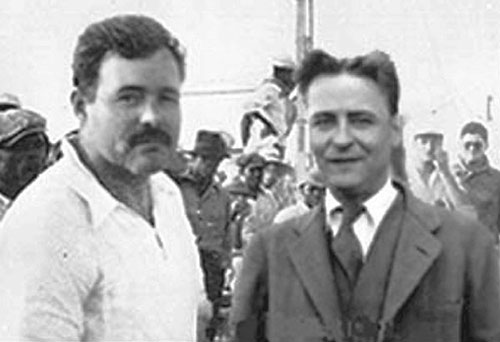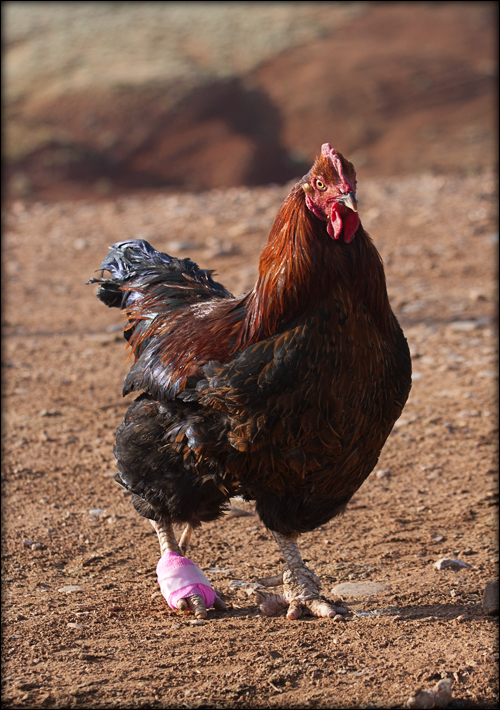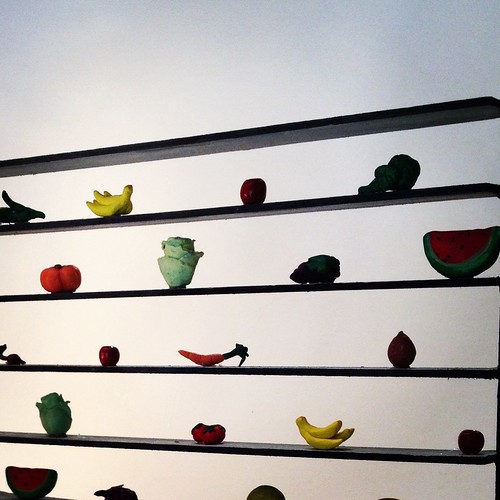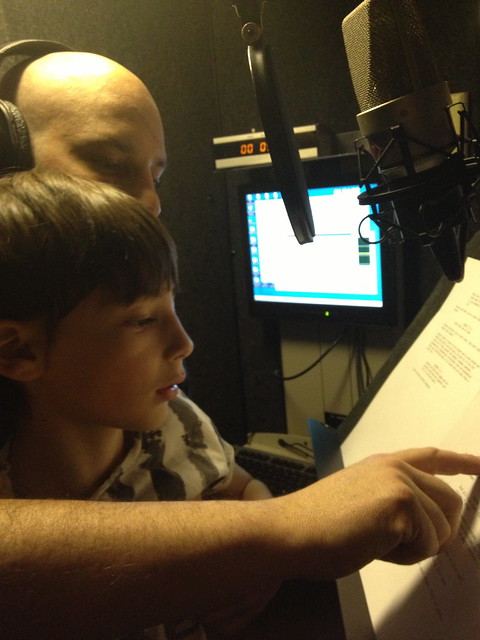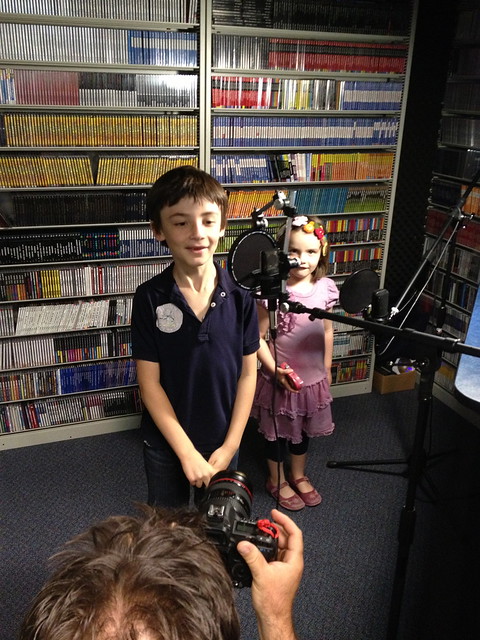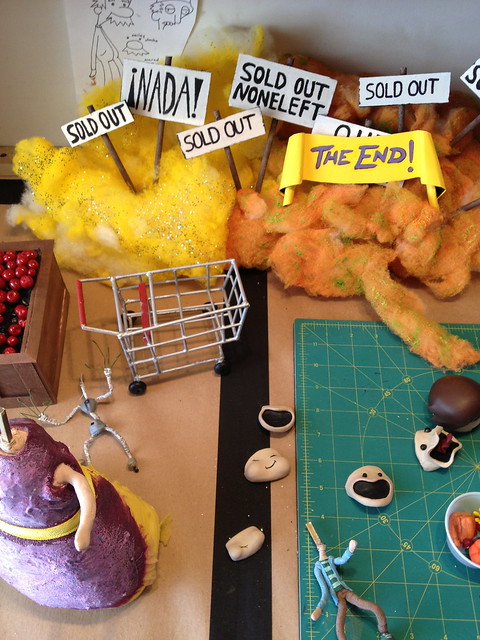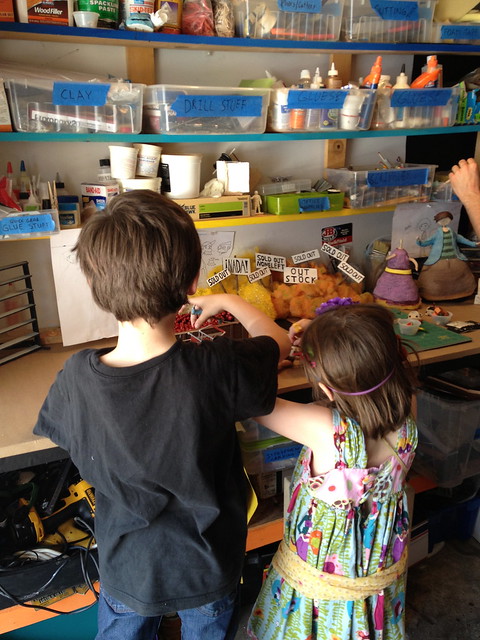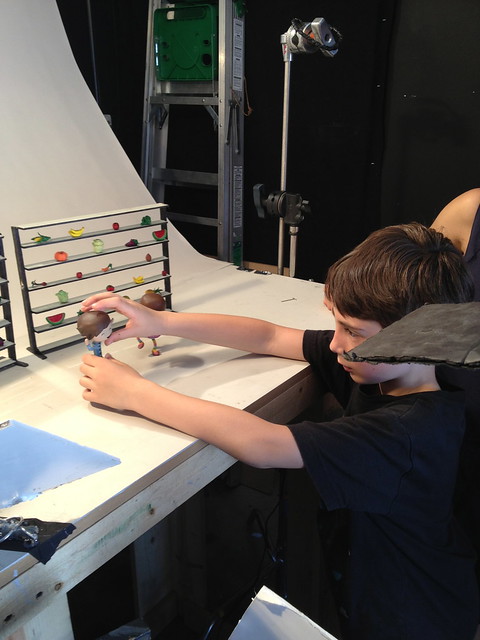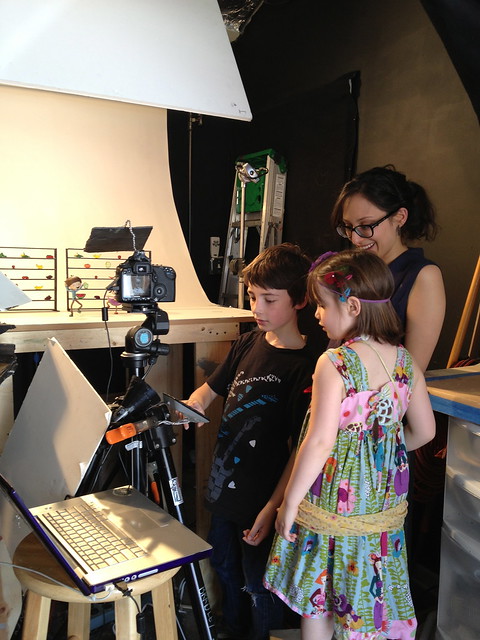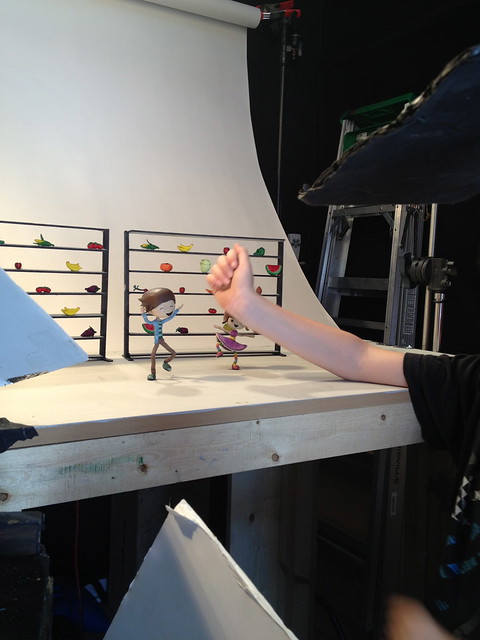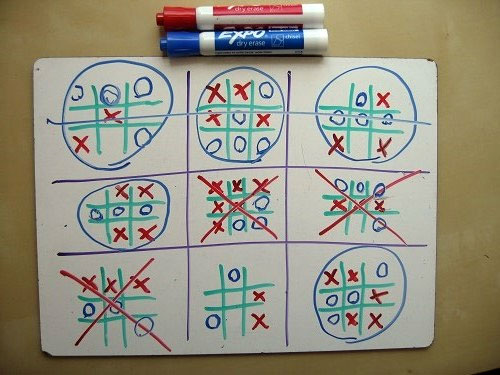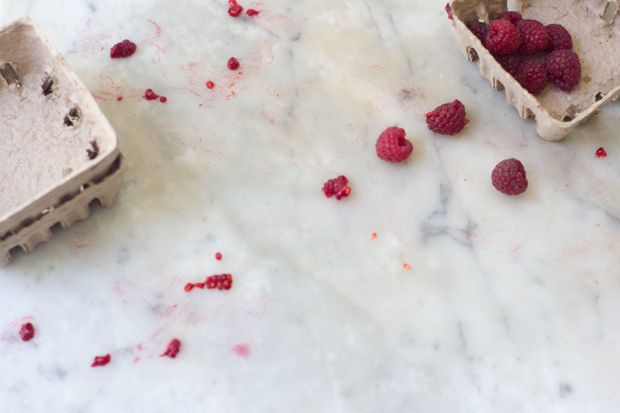“To me a heaven would be a big bull ring with me holding two barrera seats and a trout stream outside that no one else was allowed to fish in and two lovely houses in the town.”
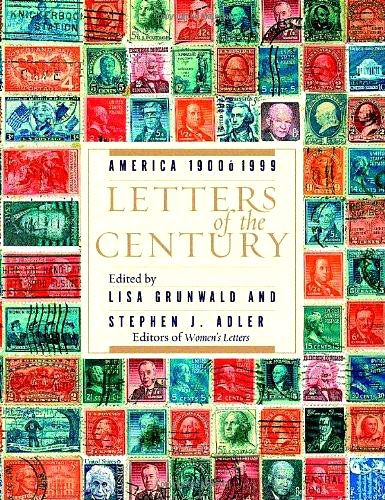 In the 1920s, F. Scott Fitzgerald and Ernest Hemingway became good friends, despite their frequently conflicting worldviews and lifestyle choices. Only three years apart, their literary careers paralleled one another and both authors reached worldwide acclaim by the time they were thirty. From the altogether fantastic tome Letters of the Century: America 1900-1999 (public library) comes 26-year-old Hemingway’s delightfully irreverent meditation on his ideas of heaven and hell. It captures with subtle but remarkable precision his characteristic oscillation between humor and insight and the very tug-of-war between idealism and vice that both produced his Nobel-worthy literary legacy and claimed his life:
In the 1920s, F. Scott Fitzgerald and Ernest Hemingway became good friends, despite their frequently conflicting worldviews and lifestyle choices. Only three years apart, their literary careers paralleled one another and both authors reached worldwide acclaim by the time they were thirty. From the altogether fantastic tome Letters of the Century: America 1900-1999 (public library) comes 26-year-old Hemingway’s delightfully irreverent meditation on his ideas of heaven and hell. It captures with subtle but remarkable precision his characteristic oscillation between humor and insight and the very tug-of-war between idealism and vice that both produced his Nobel-worthy literary legacy and claimed his life:
Burguete, Navera.
July 1 [1925] –Dear Scott –
We are going in to Pamplona tomorrow. Been trout fishing here. How are you? And how is Zelda?
I am feeling better than I’ve ever felt — haven’t drunk any thing but wine since I left Paris. God it has been wonderful country. But you hate country. All right omit description of country. I wonder what your idea of heaven would be — A beautiful vacuum filled with wealthy monogamists. All powerful and members of the best families all drinking themselves to death. And hell would probably an ugly vacuum full of poor polygamists unable to obtain booze or with chronic stomach disorders that they called secret sorrows.
To me a heaven would be a big bull ring with me holding two barrera seats and a trout stream outside that no one else was allowed to fish in and two lovely houses in the town; one where I would have my wife and children and be monogamous and love them truly and well and the other where I would have my nine beautiful mistresses on 9 different floors and one house would be fitted up with special copies of the Dial printed on soft tissue and kept in the toilets on every floor and in the other house we would use the American Mercury and the New Republic. Then there would be a fine church like in Pamplona where I could go and be confessed on the way from one house to the other and I would get on my horse and ride out with my son to my bull ranch named Hacienda Hadley and toss coins to all my illegitimate children that lined the road. I would write out at the Hacienda and send my son in to lock the chastity belts onto my mistresses because someone had just galloped up with the news that a notorious monogamist named Fitzgerald had been seen riding toward the town at the head of a company of strolling drinkers.
Well anyway were going into town tomorrow early in the morning. Write me at the / Hotel Quintana
Pamplona
SpainOr don’t you like to write letters*. I do because it’s such a swell way to keep from working and yet feel you’ve done something.
So long and love to Zelda from us both –
Yours,
Ernest
* Quite the contrary, Fitzgerald himself was a masterful letter-writer with enormous range, from the heartwarming to the instructive the brilliantly acerbic.
Complement with Hemingway’s wisdom on writing, his magnificent Nobel Prize acceptance speech, and his soul-stirring account of shooting his beloved cat. Letters of the Century: America 1900-1999 is a treat in its entirety, featuring missives from such luminaries as Mark Twain, Charlie Chaplin, and Albert Einstein.
Donating = Loving
Bringing you (ad-free) Brain Pickings takes hundreds of hours each month. If you find any joy and stimulation here, please consider becoming a Supporting Member with a recurring monthly donation of your choosing, between a cup of tea and a good dinner:
| ♥ $7 / month♥ $3 / month♥ $10 / month♥ $25 / month |
![]()
You can also become a one-time patron with a single donation in any amount:
 Brain Pickings has a free weekly newsletter. It comes out on Sundays and offers the week’s best articles. Here’s what to expect. Like? Sign up.
Brain Pickings has a free weekly newsletter. It comes out on Sundays and offers the week’s best articles. Here’s what to expect. Like? Sign up.
Brain Pickings takes 450+ hours a month to curate and edit across the different platforms, and remains banner-free. If it brings you any joy and inspiration, please consider a modest donation – it lets me know I'm doing something right.

